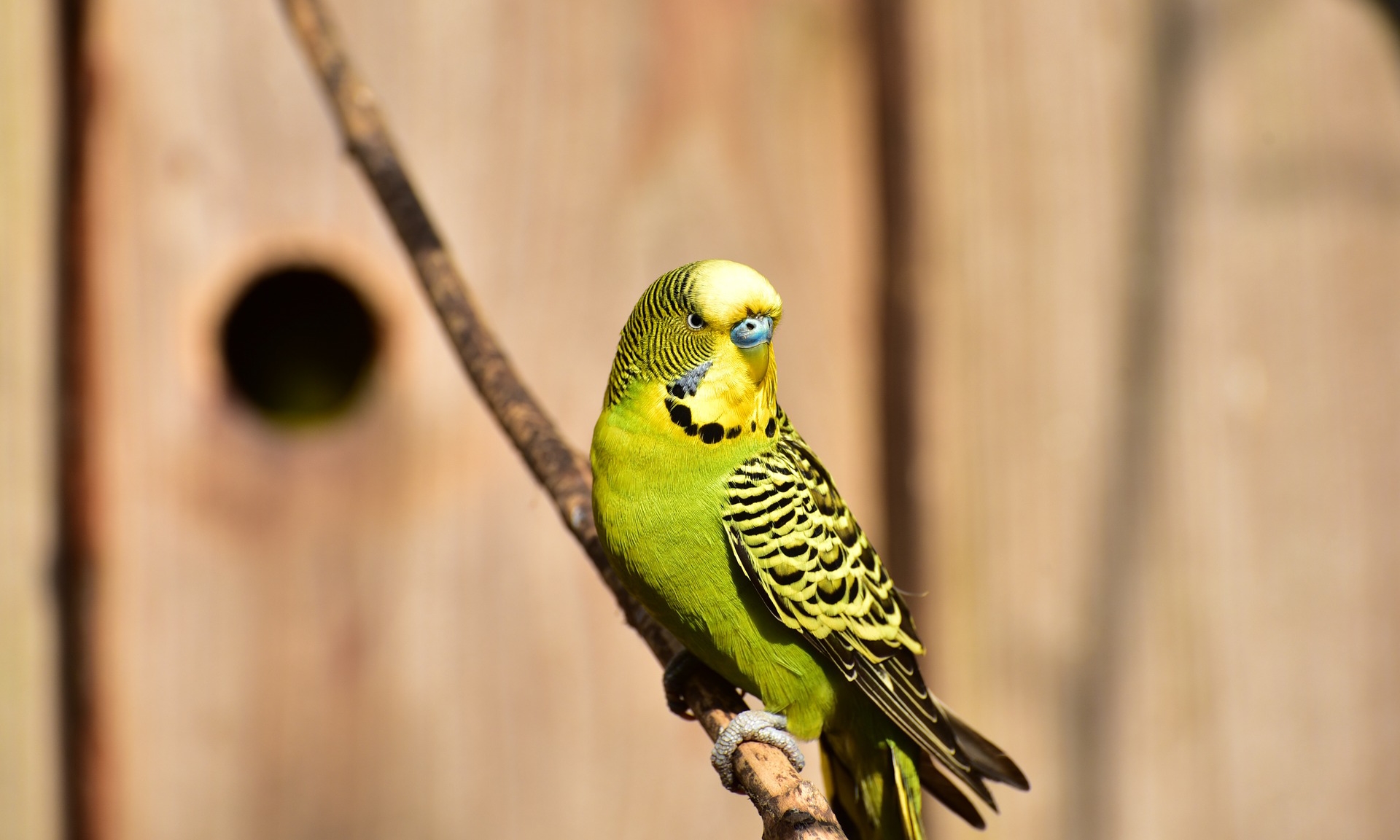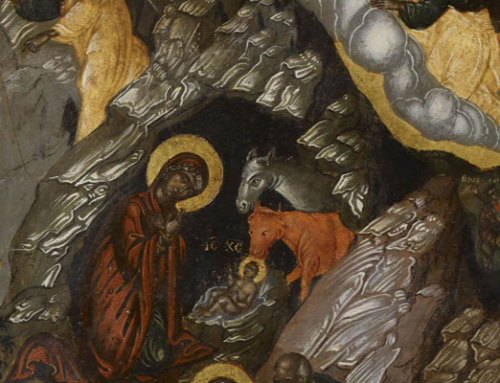Our pets lived in an unnatural environment, but to be fair, they were strange pets. Mary Elizabeth, a black widow that Danny had caught with a plastic cup, lurked in an upside-down, gallon sized pickle jar. (Danny’s fiancée—also named Mary Elizabeth—refused to enter the apartment for a week after the spider’s arrival.) Right above the pickle jar swung a white bird cage which housed our loudest housemate: Loop, a bright yellow shell-parakeet who one day had fallen onto our back porch with a broken wing.
Mary Elizabeth quickly adapted to her new home. Her jar was large enough for us to give her all the natural resources that a healthy black widow needs. On a bed of moss rested a jungle of small sticks, which gave her something to weave her web around, and we kept her fed with moths, flies, and the occasional grasshopper. Watching the spider spin the web and trap her prey became a favorite evening activity of ours. Much to the other Mary Elizabeth’s disapproval, our black widow was soon leading a happy life in her cozy den.
But Loop’s transition to “life indoors” was not as smooth. Everything in our unairconditioned, urban apartment was alien to her. She lived under a popcorn ceiling sky and perched on a grove of plastic venetian blinds. An odd assortment of lamps illuminated her dusk and her dawn, and her only non-rational “nest mate” was the spider in the pickle jar.
Loop tried as best as she could to keep up her “bird routine” in this strange new home. Every morning, just after sunrise, she’d chirp loudly for about twenty minutes straight. After this initial dawn chorus, she’d slow down to a steady period of intermittent singing, which sounded like someone was repeatedly trying to connect to the internet via dial-up. She would then devote a good part of her day to “marking her territory” by flying in short spurts all around the apartment, landing periodically on her favorite perches: the front door lintel, an unsteady lamp shade, the top of a Shiner Bock wall poster, and Mary Elizabeth’s pickle jar. And she would conclude the day with another round of chirping, tuck her head under her wing and sleep until morning.
But as Loop spent month after month indoors, she began to change. Her bursts of flight became more subdued and infrequent, her annoying periods of song tapered, and eventually she gave up her frantic efforts to avoid all human contact and sedately began to let us hold her. Loop was becoming tame. With her natural instincts numbed, her black beady eyes no longer shone with the wild and distant savagery of a free bird. The more time Loop spent away from a habitat natural to birds, the less birdlike she became.
All of us who lived with Loop began to assume that she was there to stay. We had serious doubts about her ability to fly more than a few yards, so none of us worried if Loop happened to be out of her cage while the door of our apartment was open. But one glorious Texas afternoon, Loop was sitting quietly on my friend Austin’s shoulder when he decided to step out onto our front stoop. Our neighbor’s tulips were in full bloom, starlings and house finches chattered noisily on a telephone wire, a strong, warm breeze was coming off the road, and the open sky stretched blue from horizon to horizon. Loop sat on Austin’s shoulder as the wind tousled her soft feathers. For a brief moment, she was very still. Across the highway, leaves rustled like the voice of the father of the prodigal son. Then, in a brilliant flash of yellow, she was off like a shot. With surprising speed, the small bird soared away from our porch, out of the apartment complex, past the Shell station at the end of the road, and disappeared into a wide patch of green forest. Loop was back home in the natural world of birds.







